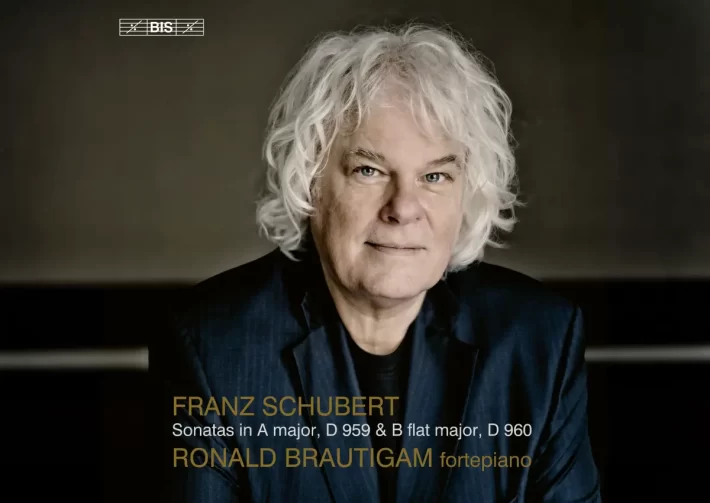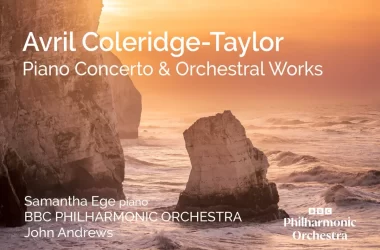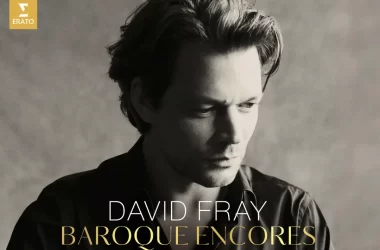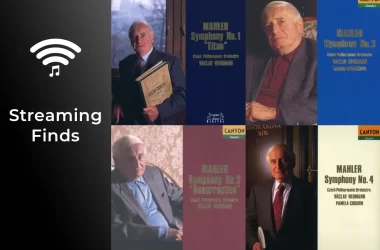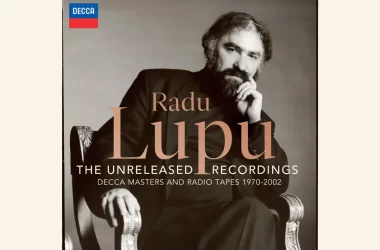Ronald Brautigam’s discography reflects his deep familiarity with period instrument performances. In addition to recording the complete solo works of Haydn and Mozart, he has worked tirelessly to record all of Beethoven’s piano works, with the full cycle of the Piano Sonata already considered one of the landmarks from period instruments versions. This new period performance, also on the BIS label, presents two of Schubert’s most challenging sonatas, D. 959 and 960.
Brautigam performs on a 2007 creation by Paul McNulty, modeled on Conrad Graft’s Opus 318 (1819). Like most of its kind during the era, the instrument features light hammers and a thin soundboard; what set it apart was Graf’s implementation of slightly thicker strings.
Brautigam makes his mark right away in the A major Sonata. While many interpretations—period and modern—tend to lean into the chords of the opening theme of the Allegro (track 1) to add an element of stubborn resolve to its optimism, Brautigam creates an undeniably urgent surge. It establishes a level of energy that fuels the rest of the movement, too. While Andreas Staier (on a slightly more cavernous-sounding 1825 Johann Fritz) plays to the translucence of the runs, Brautigam combines the instrument’s resplendence and his own verve to make them sound plucky and spirited. The moments of excitement are accompanied by equally convincing stormy busts (2’30”).
This forward approach works less well is the Andantino (track 2): The performer’s lovely legatos come to the forefront, yet the plaintive nature of Schubert’s writing is best captured with more nuance. Jan Vermuelen, on Streicher, 1825 (Nanette label) does this quite well: there a bit more room in the sound space and, with some shorter but wisely-chosen articulation, we get a sense of forlorn ‘emptiness’.
While the sonic profile of the fortepiano doesn’t lend itself to the rounded warmth of its modern cousin, we can certainly hear its distinct sound come through in Brautigam’s interpretation of the D. 960. However calm and introspective the sonata is, the first movement encompasses the theme of stability vs. instability, texturally, and harmonically—something the pianist captures well throughout.
In a microcosmic example, Schubert’s inclusion of the low register trill in the opening speaks to a sinister presence. No matter how good the performance, the polished temperament of the modern instrument sometimes has a hard time capturing this element of unease. Brautigram’s gentle rumble, however, does just that. He shows a deep familiarity with the instrument in generating various sounds: the lightness of the hammers comes out in the delicate tinkling of the G-flat major section (1’10”) only to be replaced moments later in the thicker strings, in a symphonic return to B-flat.
Join The Classical Newsletter
Get weekly updates from The Classic Review delivered straight to your inbox.
Another aspect that sets Brautigam’s performance in a league of its own is the amount of lyricism he’s able to bring into Schubert’s lines. The Andante Sostenuto (track 6), with such long yet statically written melodies, is a challenge in evoking the intended sense of vocal continuity. Yet Brautigam manages to give the longer notes the right amount of carrying power, through deftly-timed crescendos, which in turn set up a beautiful and arresting contrast (0’51”). The subito piano really makes us stop and take in the arrival of an ensuing, gentle presence.
The Scherzo offers an opportunity to showcase the fortepiano’s personality—especially when listened to alongside other period recordings like Andràs Schiff’s (ECM). The respective instruments could not be more different: Brautigam’s has a thick, heady timbre, while Schiff’s 1820 Franz Broadmann is distinctly mellower and rounder, if not considerably more subdued. The movement takes on appreciable differences as a result, though both perspectives are equally interesting: Brautigam runs with the extroverted nature to create a bouncing robustness, while Schiff plays to the scintillating, Mozartian lightness with needle-like precision.
With just a minor miss in the D. 959 sonata, this album certainly lives up to the precedent Brautigam has set in his past period performances. The instrument itself offers a presence not forgotten easily, helped by BIS’ realistic SACD recording. But it’s the performer whose exciting and vibrant interpretations bring Schubert’s writing alive.

Recommended Comparisons
Schiff (D. 959) | Schiff (D. 960) | Staier | Vermuelen
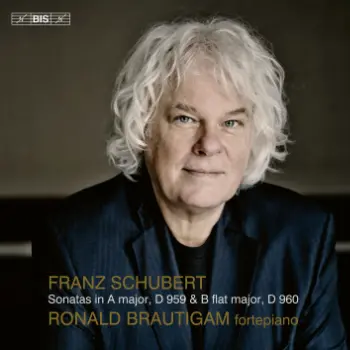
Check offers of this album on Amazon Music.
Album Details |
|
|---|---|
| Album name | Schubert – Sonatas 959 & 960 |
| Label | BIS |
| Catalogue No. | 2173236378 |
| Amazon Music link | Stream here |
| Apple Music link | Stream here |
Included with an Apple Music subscription:
Latest Classical Music Posts

